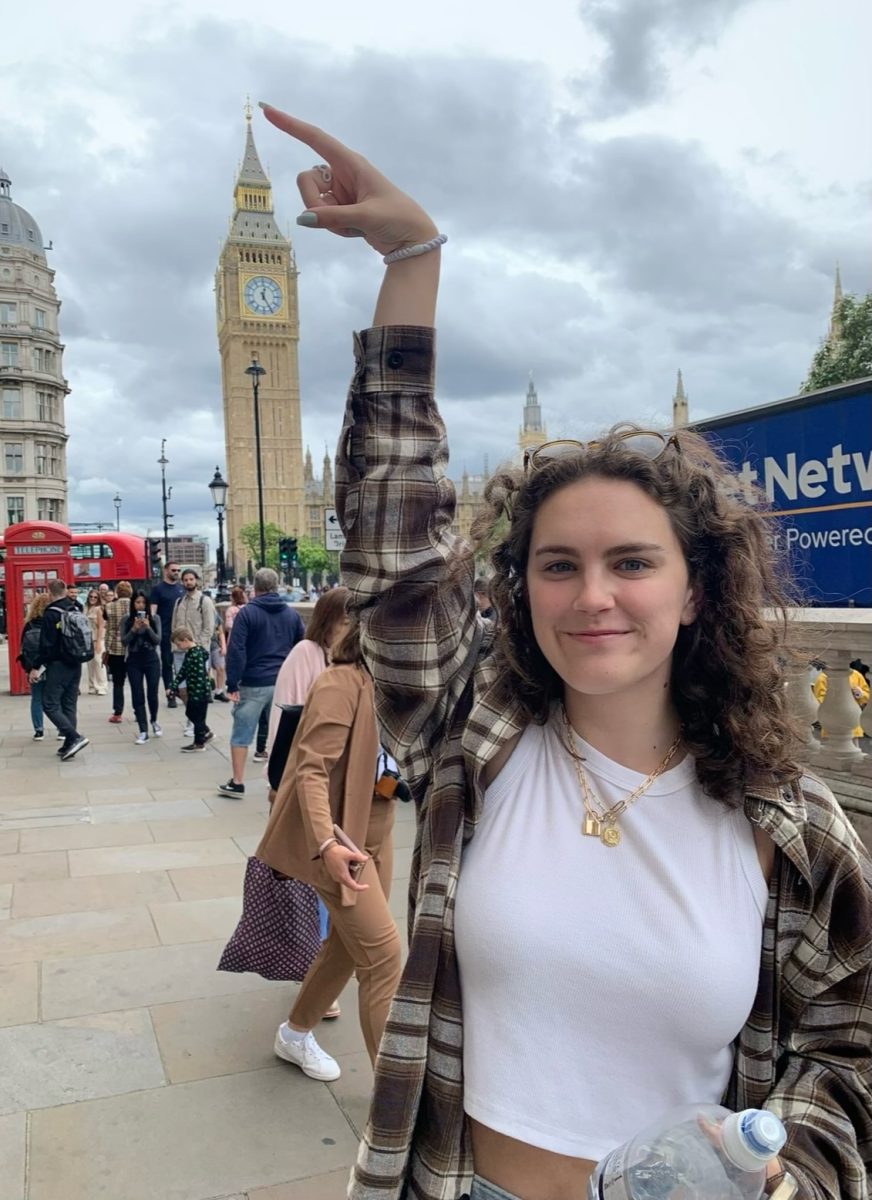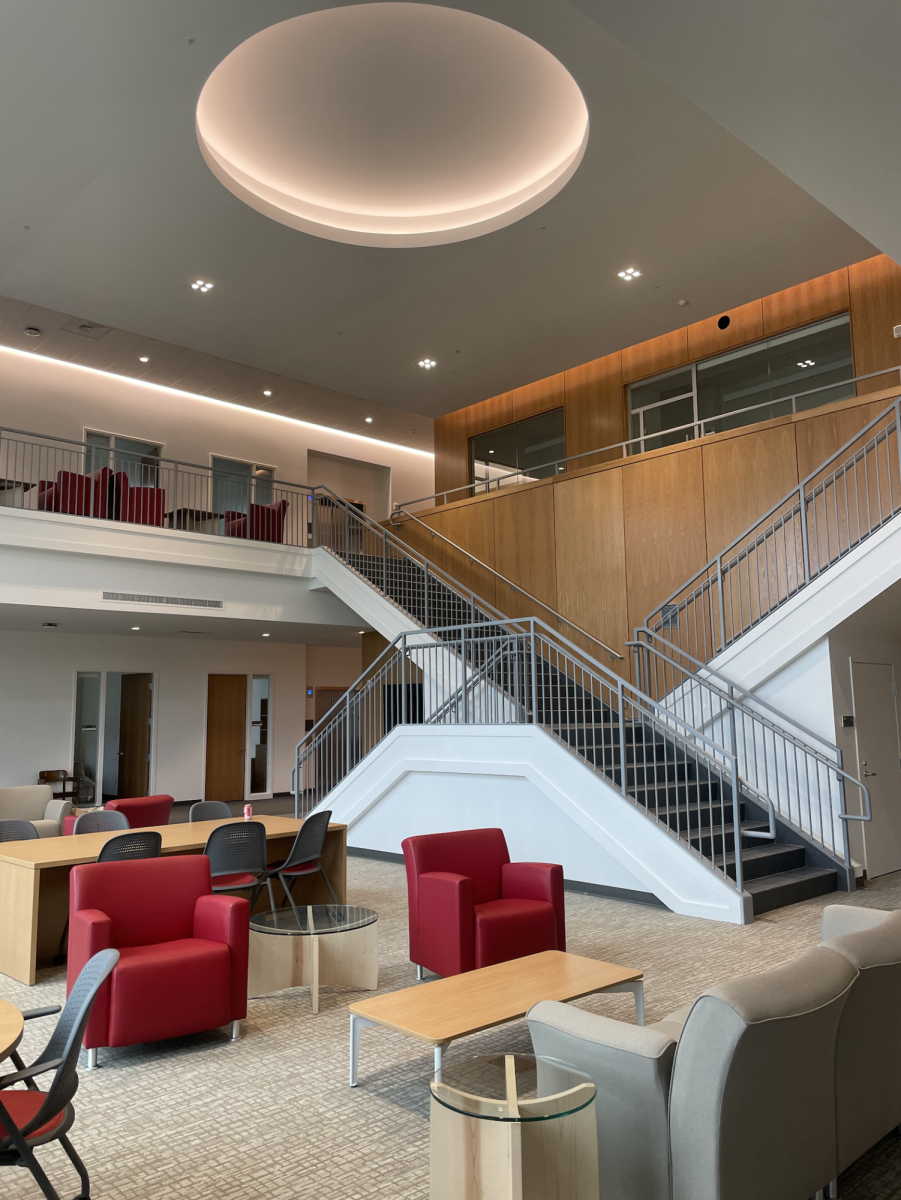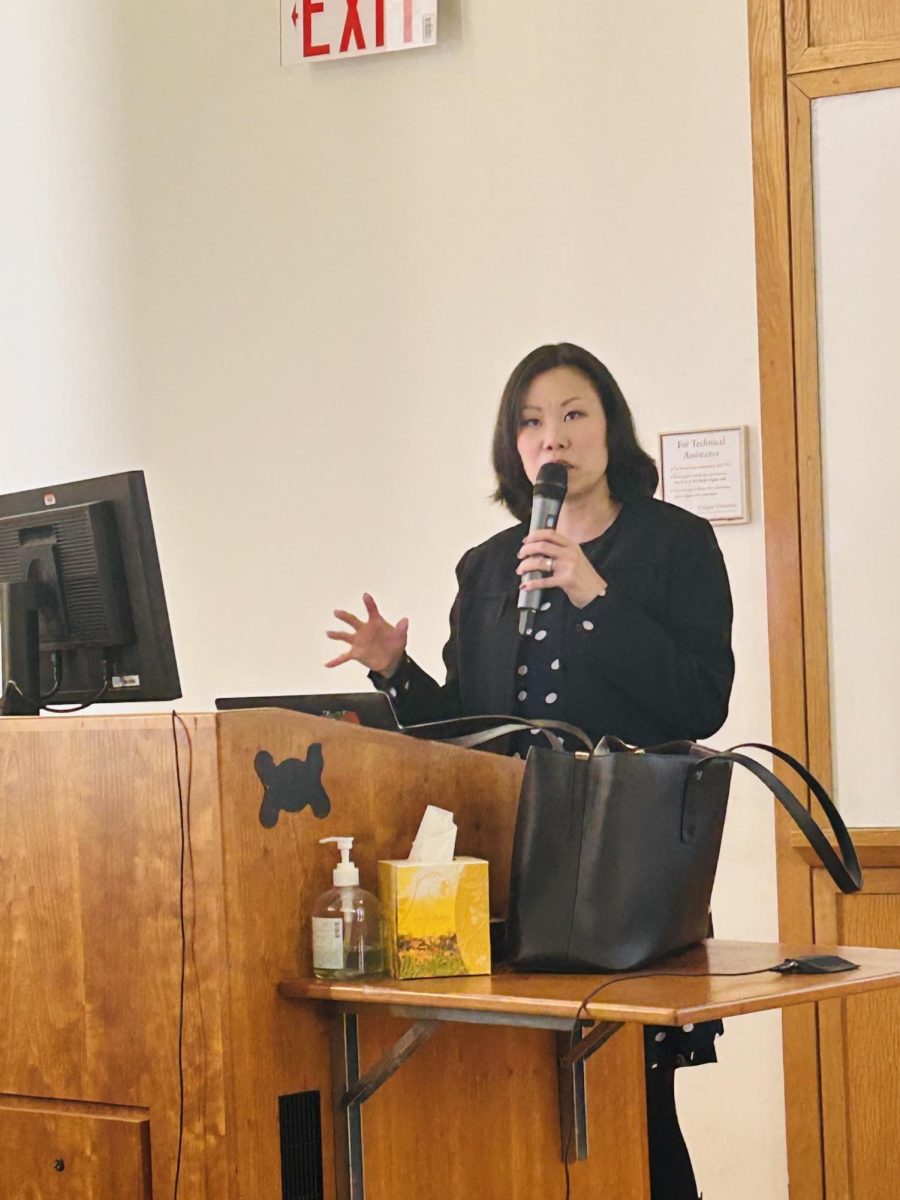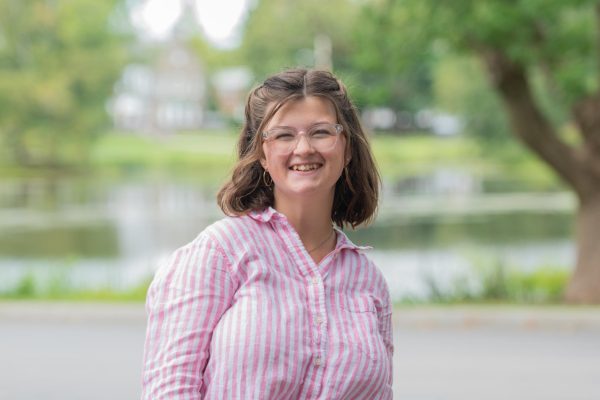The Town of Hamilton held a town hall on Nov. 14 to discuss the dissolution of the Southern Madison County Volunteer Ambulance Corps (SOMAC) and the transition to Madison County Emergency Medical Services (EMS). The event, held at Hamilton Central School, featured representatives from the communities of Hamilton and Lebanon, Colgate University, Madison EMS and Community Memorial Hospital.
Eve Ann Shwartz, the Town of Hamilton supervisor, opened the panel by explaining how the town’s partnership with SOMAC has changed over the years.
“For the past eight years, the Town of Hamilton has been involved in providing financial support and oversight for SOMAC’s operation,” Shwartz said. “During that time, I have seen firsthand how the loss of SOMAC volunteers shifted the operations to more and more paid staff, which, in turn, led to increasing operating deficits […]. As the situation worsened, my town board suggested bringing an expert on EMS services to help us explore options to improve the financial and operational functioning of SOMAC.”
The board hired Paul Bishop, the head of local government practice at the non-profit private research firm Center for Governmental Research (CGR), to conduct an overview of SOMAC and discover how it could improve its operations. Before Bishop presented his findings, Shwartz touched on how many communities are facing similar EMS issues.
“Our community is confronting this problem — the same problem is happening all across New York state and all across the United States. So we’re not alone, and we are not to blame for the fact that our local ambulance service has had tremendous difficulties,” Shwartz said.
Bishop then introduced himself by discussing how CGR began their work in May 2022 and how it evolved alongside SOMAC’s financial and operational situation.
“We conducted a number of interviews, virtual and in-person. We had a site visit. We came into the community. Our goal was to get to know how SOMAC operates, how it interacts with the community and try to develop a plan for it going forward,” Bishop said. “While this was going on, events were changing on the ground. The circumstances of how SOMAC was operating were shifting as we were going through the project. […] Madison County EMS was able to begin operating full-time in Hamilton, starting [Nov. 3], and SOMAC has stopped operating the 911 calls. It was a relatively seamless transition, given the speed with which things changed on the ground.”
Bishop also discussed how Colgate University factored into their review of SOMAC’s operations.
“We also heard very loud and clear from Colgate students and members of the Colgate University community how valuable they felt their experience was being at SOMAC. They had about 40 to 50 student volunteers who were going through and supporting the community while also developing their own skills as a part of the experience at SOMAC,” Bishop said.
Bishop detailed how an increase in calls from 2.5 per day in 2020 to around 3.1 in 2023 affected SOMAC’s operations, especially as many required long drives to larger hospital systems. SOMAC began taking these inter-hospital transfers, as they believed it could raise more revenue. On the other hand, these far drives to hospitals in Syracuse or Utica, which could take two to three hours, meant SOMAC also needed to bring in additional staff to ensure good coverage in the community.
“They were trying to meet the jump [in calls] in 2021 and 2022 with additional staff, have people on call, but it wasn’t enough, and they weren’t generating enough revenue off of those transports to meet that increased demand,” Bishop said.
While SOMAC did have a larger income in 2023 than 2019, it also had higher operating costs due to adding staff, raising pay to retain employees, fuel costs and vehicle maintenance. In 2019, expenses were $576,062 — that increased to $975,945 in 2023. These operating costs were proportionally larger than the increase in income. A subsidy from the towns of Hamilton and Lebanon previously covered the gap in revenue, but this was ultimately costly for the towns, as explained by Morgan Larson, the president of the SOMAC board.
“SOMAC’s request from the town of Lebanon was 33 percent of their entire general fund budget, and the town of Hamilton is not that far off, I think, so it came to the point where it was irresponsible for us to ask the towns [for funding],” Larson said. “How can we stand up and say to the county and to the taxpayers and the town boards, ‘No, you should fund us anyway because we’re teetering on the edge, and we might be able to make it, but we’re not certain?’”
One of the main stressors facing SOMAC was a reliance on paid EMS staff. EMTs and paramedics are often compensated poorly, yet there is high demand for those with certifications. Some are willing to move long distances for better pay, so groups such as SOMAC must spend more money to retain their staff, ultimately hurting their bottom line. One way EMS programs can lower costs is by using more volunteers, a role that Colgate students sometimes fulfill. Bishop explained how student volunteering specifically impacted SOMAC’s operating costs.
“The only way to [make up for less paid staff] is to have active volunteers that are able to answer the calls and fill the shifts,” Bishop said. “They do have that at SOMAC — they have students fill in at certain times of the year. But, other than the students, SOMAC had effectively zero volunteers — one or two, so it’s not a lot of community-based volunteers in the year 2023.”
Overall, many of SOMAC’s structural issues stemmed from the fact that it lacked paid staff. While SOMAC had eight full-time employees in May 2023, when CGR began working with them, many left for educational opportunities or different emergency positions, such as full-time firefighter work.
“They needed to hire four full-time staff to keep the doors open at the end of August. The decision was made, at that point in time, that they were going to transition to Madison County EMS by Jan. 1,” Bishop said.
Some community members were worried Madison County EMS would run into the same funding issues SOMAC did and that, eventually, EMS services would become an inter-county endeavor. In response, Jenna Illingworth, the EMS coordinator for Madison County, discussed how SOMAC’s non-profit status affected its funding.
“The county has more of a larger-scale area for coverage,” Illingworth said. “We often have a larger pot to pull from. We are able to get more grant funding, and because this EMS service is under the emergency management umbrella, we have other opportunities for funding. Unfortunately, as a 501(c)(3), you have minimal options for grant funding and other kinds of funding, but at the county level, we have different types of funding available to us.”
While Madison County EMS does not have the same volunteer opportunities as SOMAC, they set up a program specifically for Colgate students to volunteer in EMS. Illingworth explained the benefits she sees in working alongside students.
“We are so excited to bring in the Colgate students to our program because they bring a new light to us,” Illingworth said. “For those of us who have been in EMS for many years, you realize that sometimes you have some dark days, and these Colgate students bring a light to us like no other. In the very few months that we have been working with them, they have made us kind of fall in love with EMS again because they have such a bright future.”
Illingworth also provided specifics on the Colgate program in Madison County EMS.
“We’ve actually customized their uniform shirts with the Colgate colors and Colgate ‘C’ on them, but they say Madison County, so that you know when they come to your house to give you good service, that they’re Colgate students that are giving back to this community. We are starting to make some changes to their program so they can drive more efficiently, so that they can provide better patient care, and they are so excited to work with us,” Illingworth said.
The town hall provided detailed information on how the community will transition from SOMAC while still striving to provide the highest quality care and opportunities for community members.
















